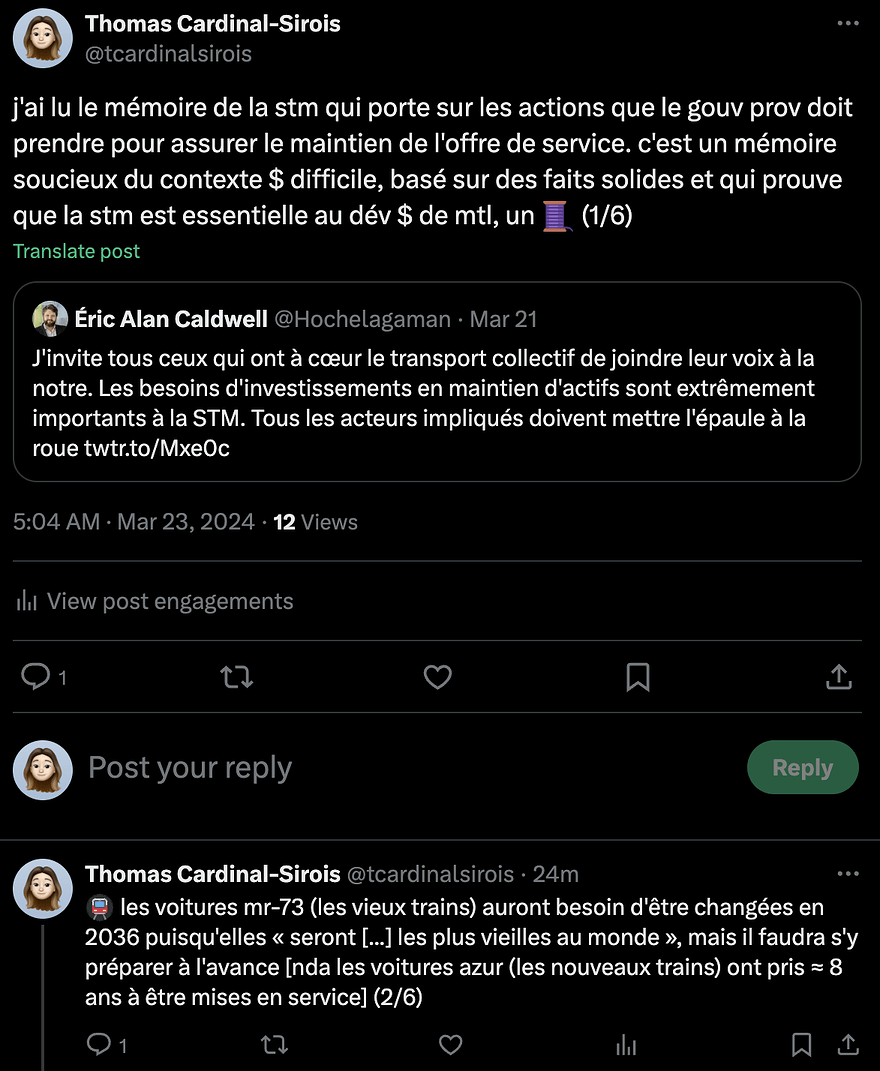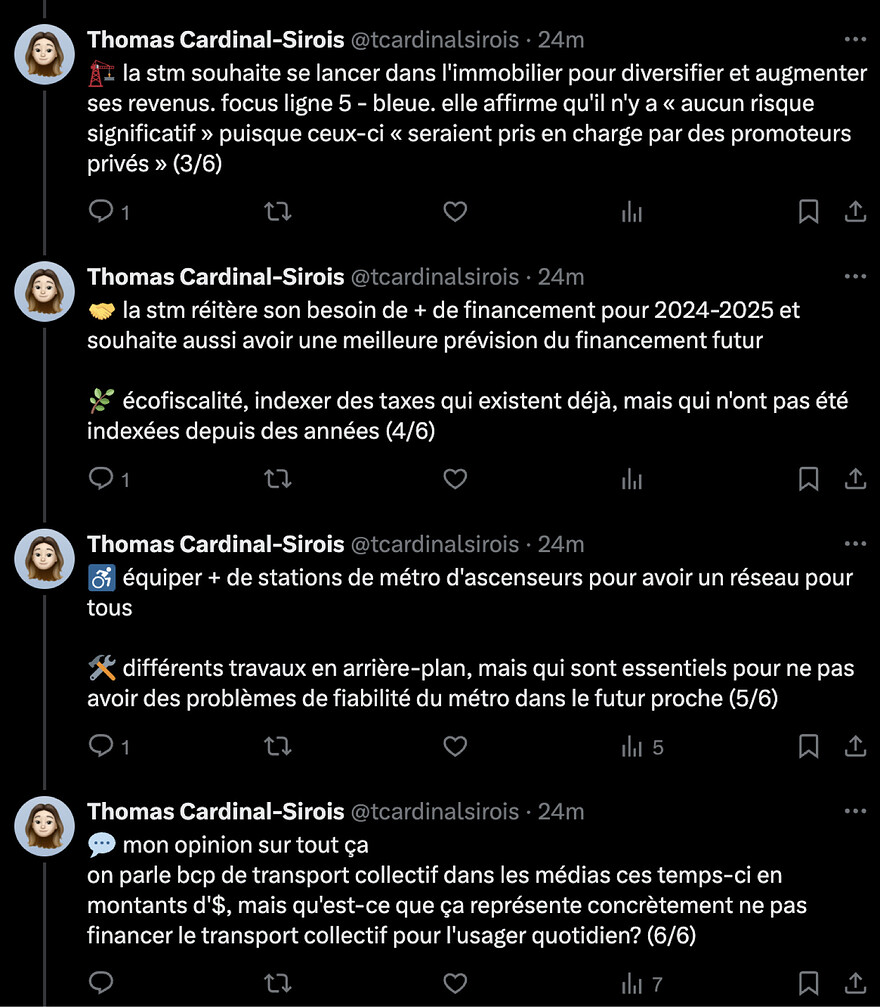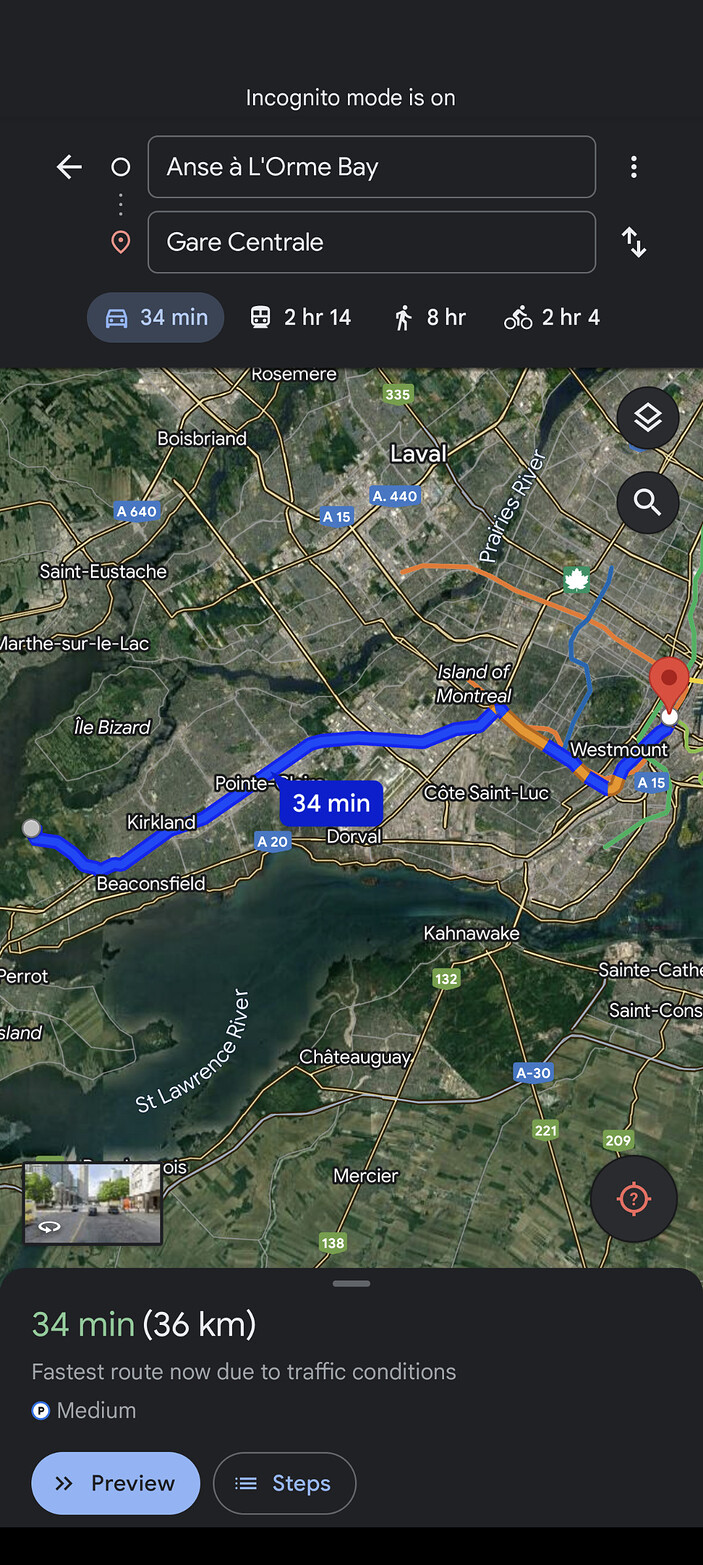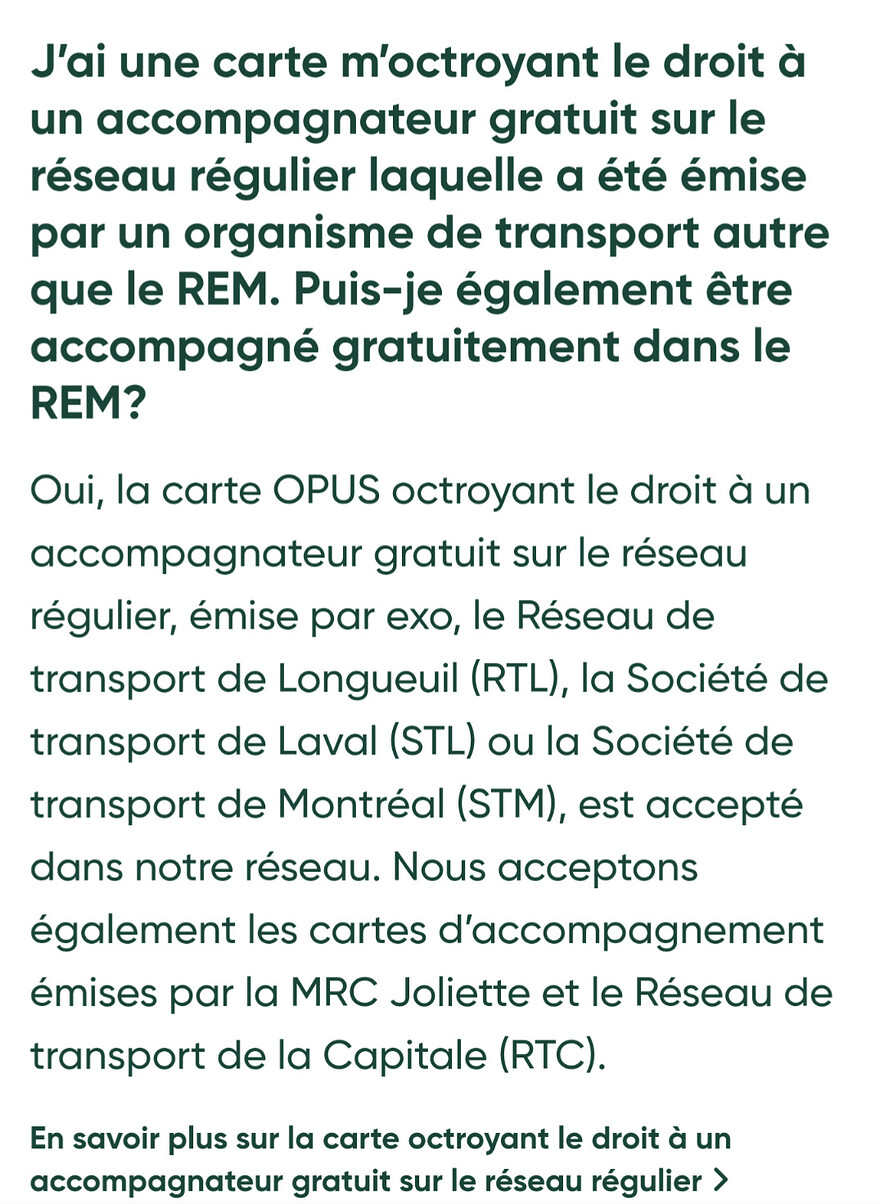Un dossier de La Presse sur les agressions contre le personnel de la STM
Canada’s three biggest transit agencies urge Federal Government to advance next wave of transit funding
Press release
March 19 2024
Chief executives from Toronto’s, Montreal’s, and Metro Vancouver’s transit agencies are appealing to the Federal Government to launch the promised Permanent Transit Fund (PTF) two years ahead of schedule in order to help them address growing pressures on their systems.
Share
In a joint Federal Budget Submission, TransLink, Société de transport de Montréal (STM), and Toronto Transit Commission (TTC) are calling for the federal government to “advance the commitment of funding under the new federal Permanent Transit Fund by early 2024, instead of 2026, to enable critical projects and programs to advance and support long term capital planning ”. The full budget submission can be accessed online.
Public transit in Canada’s three largest metropolitan areas represents critical national infrastructure, an essential service that keeps our cities moving, working, and thriving. Some of Canada’s most pressing current challenges – climate change, housing affordability, immigrant settlement, innovation – require vibrant, successful public transit systems.
Together the STM, TTC and TransLink in 2022:
- Generated approximately 60% of Canada’s transit ridership;
- Enabled mobility at the centre of regions that are home to 1 out of every 3 Canadians; and
- Served the core of regional economies that generated 40% of Canada’s national GDP.
In the joint submission, the transit agencies outline significant challenges they face due to aging infrastructure, an outdated funding model that relies on regressive sources such as transit fares and property taxes, and the exceptional ridership growth forecasted for the coming decades. With approximately 2.35 million new residents expected before 2050 in the three cities, immediate and sustained investment in transit operations, state of good repair and building capacity is essential to prepare for this growth.
In addition to accelerating delivery of the PTF, the submission also requests that the Government permanently double the Canadian Communities Building Fund (CCBF) as a proven predictable funding stream for municipal infrastructure needs, and establish a forum for ongoing tri-partite engagement with all orders of government on the development of a sustainable, long-term funding model for public transit that considers the full capital and operating costs of providing high quality transit services.
The transit agencies are warning that if the Government fails to deliver new funding for urban transit systems in the 2024/2025 budget, it will put in jeopardy new transit-oriented developments and reduce access to affordable housing that all three cities are working to deliver with their provincial and federal government partners.
QUOTES
“A strong public transit system is fundamental to meeting our affordability and climate action goals. With the City of Toronto and Province of Ontario committing hundreds of millions of dollars toward new subway trains for Line 2, we are hoping the Government of Canada will open the PTF early in order for us to start the process of purchasing the new trains. While that’s our immediate pressure, we also hope to be able to use this fund for new buses.”
- Rick Leary, CEO, Toronto Transit Commission (TTC)
“We have a rapidly growing population and an urgent need for ongoing sustainable transportation to meet our environmental goals—we cannot afford to wait another two years for access to the Permanent Transit Fund. We need that funding now to ensure reliable operation of our networks. It’s unthinkable that we would have to cut public transit services or put off refurbishing and replacing our outdated infrastructure because the available funds were allocated too late.”
- Marie-Claude Léonard, CEO, Société de transport de Montréal (STM)
“Just last year, Metro Vancouver’s population grew by 90,000 people – which was nearly double the projected growth for our region. As our population grows it’s imperative that our transit system expands as well. A federal funding commitment is urgently needed to help us meet the needs of our growing region through our ten-year Access for Everyone plan.”
- Kevin Quinn, CEO, TransLink
The full budget submission can be found online.
-30-
Media contacts:
TransLink : media@translink.ca
STM : medias@stm.info
TTC : media@ttc.ca
memoire_en_financement_federal.pdf (477.5 KB)
If we can’t get any project to a stage where they are shovel ready, I have a hard time seeing how more funding is going to help. I guess that they could use it to take care of the deferred maintenance that they’ve got, but beyond that, what would they do with the money?
Les projets de maintenance d’infrastructures comptent comme dépenses capitales. Ça inclut les systèmes de signalisation et contrôle des trains, la construction de garages de maintenance, le remplacement du matériel roulant, le remplacement et l’électrification des bus, etc.
La STM a publié un mémoire sur le financement du transport collectif.
https://x.com/Hochelagaman/status/1770905098387947716?s=20
Le REM, qui a l’exclusivité des profits sur son réseau, prend une quote-part d’environ 8% sur le tarif des usagers. Un part de ce pourcentage est retirée du financement de la STM. En plus des dépenses sur le prolongement de la ligne bleue, le financement de la STM va un peu mal dans ce sens où les revenus des sociétés de transport associées aux communautés baissent.
À 72 cents par passager/km chargé à l’ARTM, le REM prend la quasi-totalité du coût d’un billet aller-simple de Brossard à la Gare Centrale. Le problème est qu’une bonne part de ces passagers utilisent aussi le métro et les bus de la STM. D’où une des raisons que la STM demande du financement.
À 0.72$/km (c’est .75$ maintenant, non?) le REM est isolé du problème de financement pour son opérationalisation, son maintient, et techniquement doit motiver sa société (CDPQi) à faire en sorte d’avoir le plus d’utilisations (+ de passagers/km = + de $$$). Que ce soit en propreté, fréquence, rapidité, consistances (à voir si les satanés pannes vont diminuer avec le temps).
S’il y a un problème, c’est la STM et son financement qui est arbitraire, politique et volatil. Financièrement, l’ARTM/STM devrait plus ressembler au REM/CDPQi que l’inverse.
Donc ance à l’orme jusqu’à gare centrale coûterai 26$… Un billet est 3.75…
Voilà le gros problème…
Note: le trajet n’est pas identique.
Oui, mais c’est représentatif quand même.
Il faut penser aussi qu’un billet Deux-Montagnes/Montréal est autour de 8$. Sauf que même ici, la Caisse fera trois fois plus que le coût d’un billet unitaire.
Les dépenses par contre, c’est un autre volet. Probablement que le REM coûte plus cher à opérer que ce que les usagers payent pour entrer. Néanmoins, la Caisse a déjà émis un article il y a deux semaines que son budget était positif (je ne trouve plus l’article en question).
Saint Anne jusqu’à île des sœurs est environ 50km donc environ 40$ c’est quasiment la moitié d’un mois de zone A… Allez retour mange ton mois aux complet
La plus gros du flow d’usagers se situera entre Bois-Franc et la Gare Centrale, soit 14 km parcourus.
0,72 cents X 14 km = 10,08$ par passager pour un billet de 3,75$, soit environ trois fois plus que le coût d’un billet.
Pour Brossard, la situation est différente. Un billet Montréal-Brossard est de 4,50$
0,72 cents X 13 km = 9,36$ par passager, ce qui revient deux fois plus que le coût d’un billet.
Admettons qu’un étudiant qui vis à l’ids et vas à MCGILL à saint Anne… Son billet mensuel est de 58$… Il fait 22 allez retour en avril (admetton) il vien d’utiliser le rem pour 1650$ donc une perte de 1592$ à couvrir par l’artm (on ignore tout ce qui ce passe les fin de semaine)
On ignore tout tarifs réduit
En plus, oui. Les jeunes et les aînés payent moins cher.
Aussi, question que je me demandais. Certains individus (je suis l’un de c’est individu) ont droit d’un accompagnement gratuit… Le REM considère t’il cela 2 passagers?
Juste pour comparer, combien ca coute a la société le mêmes trajet en voiture? Je suis pas mal sûre que ca coute encore plus cher.
Sûrement plus. Parcontre le gouvernement ne chiale pas pour financer les routes





